
JavaScript easily claims the crown as the most popular programming language in the world. It’s staggering to think about the scope of JavaScript popularity — it’s estimated that 95% of current websites use JavaScript.
Anyone looking to start a software engineering career should (must) learn two things: what does JavaScript do? And how do you use it?.
What is JavaScript?
JavaScript started as a scripting language used to add interactive elements to HTML websites, where it improves the user experience, user interfaces, page loading, and more on web pages. It’s since evolved into a programming language used to build robust client and server applications. Even if you’re wedded to another web development technology like .Net or Java, you’ll likely need to use JavaScript at some point. Even in 2021, it’s still the best programming language to learn.
Developers looking to shift from working with a functional language like C may find that JavaScript is an excellent introduction to an object-oriented coding style. If you prefer some of the advantages of your old functional language, you can adapt JavaScript to use functional coding paradigms. And because you can adapt it in so many ways, it’s a valuable tool to have in your learning arsenal.
Aside from all this, JavaScript is a great language to start learning with.
The outlook is bright for anyone who’s a JavaScript expert.If you’re willing to continue evolving along with the language, you stand a good chance of maintaining steady employment in your chosen career field.
What is JavaScript used for?
An easy way to answer a question like, “What does JavaScript do ?” is to look at your phone or explore one of your smartwatch apps. There’s a good chance you’re looking at widgets developed with JavaScript.
Thanks to JavaScript frameworks, you can now use the language to build complete web and mobile applications without relying on any other language. JavaScript is also used in web browsers to manipulate the document object model (DOM) and add event listeners — JavaScript functions that help make webpages feel more natural.
It’s also used to manage web servers and create embedded hardware controls. Other features built with JavaScript include:
- Animated graphics
- Auto completing text suggestions in forms
- Photo slideshows
JavaScript is also a critical partner for HTML & CSS. This exact web page was created using the two front-end languages, HTML & CSS, as well as JavaScript.
The words on this page are laid out in HTML, the spacing and colors are defined by CSS, and the interactivity of the site is the result of JavaScript.
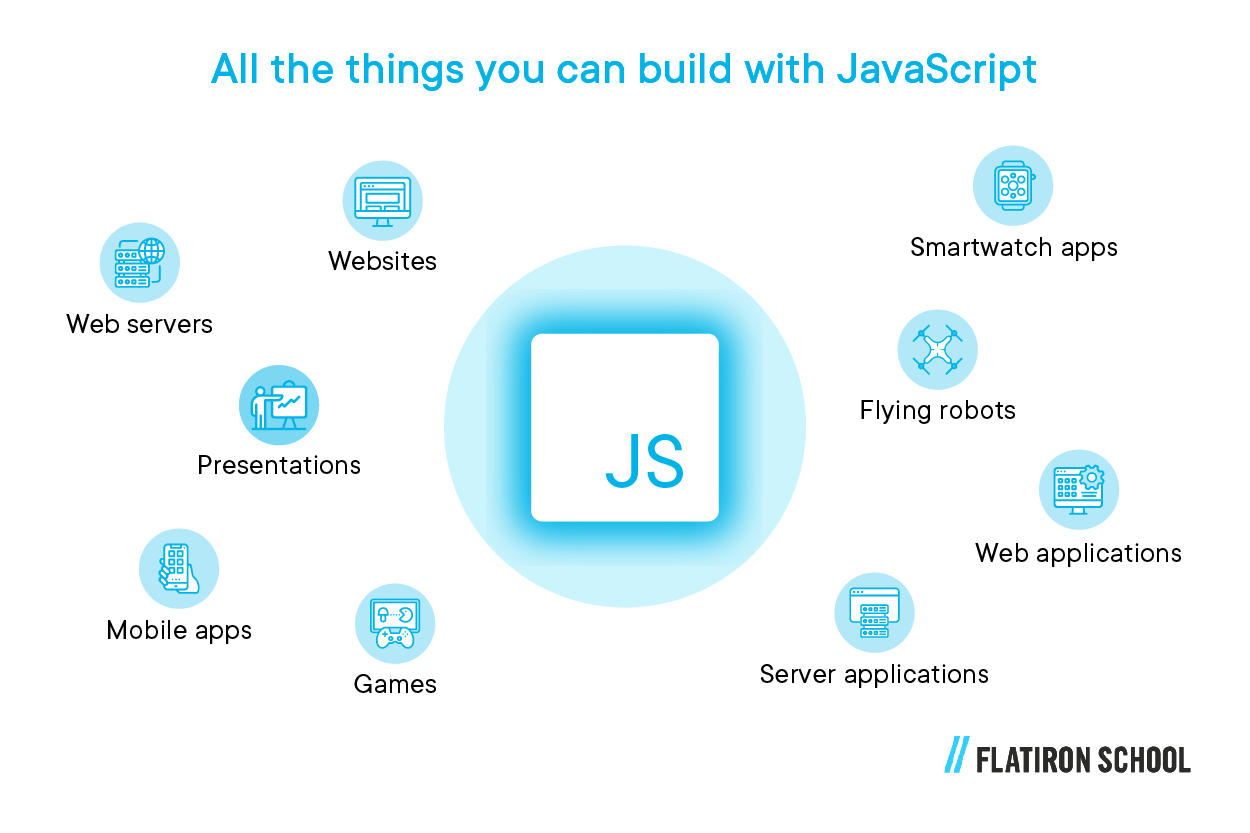
What can you build with JavaScript?
The beauty of JavaScript is in its flexibility. Even if you’re working on an application built on a completely different platform, there’s likely a way to use JavaScript to add a piece of functionality that makes it better. Your knowledge can also come in handy if you’re looking to improve the functionality of your backend processes.
Speaking of flexibility, if you know JavaScript, you can build a flexible career as a a software engineer. Many companies hire software engineers, and many companies even offer those positions as flexible schedules or remote work locations.
Learn JavaScript for free by checking out Flatiron School’s introductory lesson.
Below are 9 things you can build with JavaScript.
1. Websites
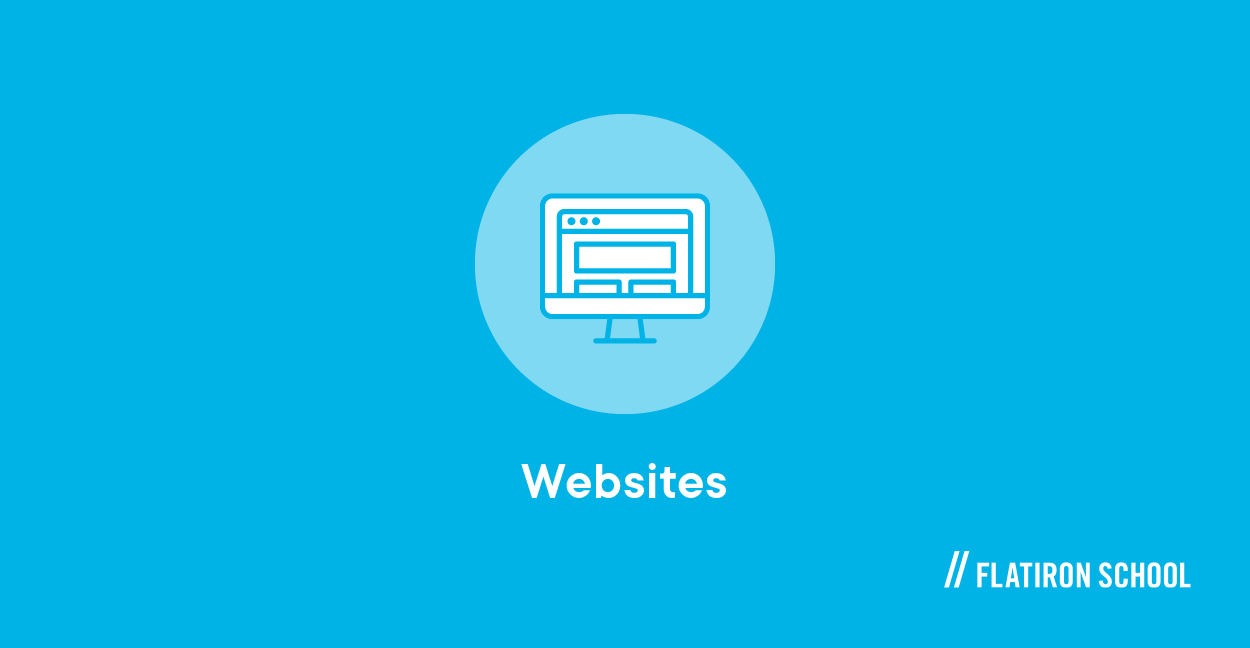
Websites are groups of interlinked web pages attached to a single domain name. Most organizations and entrepreneurs have a website to promote or sell their products and services. You can host a website using one or more web servers.
It’s possible to access a website from a web browser on a desktop, laptop, or mobile device. Websites typically display images, digital content, video, and audio. Since websites are static applications, they can’t perform dynamic updates. It’s good to have a solid knowledge of HTML and CSS to help you build solid, functional websites.
Think of websites as one-way information portals. They present you with different data visualizations but don’t offer a way for visitors to interact with the content or communicate with the information.
You can use JavaScript to build static websites with eye-catching elements that run on the client. A blog is a good example of a static website. Users can read the content but not affect how it functions.
Anyone who wants to become a web developer needs to know JavaScript in and out.
2. Web Applications

You may be thinking, “Aren’t a website and web app the same thing?” Short answer: No. Web apps contain interactive elements that encourage user engagement. Examples of web applications include Facebook, YouTube, and Twitter. Web apps are pieces of software made accessible through a web browser. Most web applications receive information through a database connection.
If you are working with the right JavaScript framework, you can build web applications offering a range of functionality to assist users. It takes more time to build web apps. Depending on the project’s complexity, it might take more than one developer to complete the job. Many companies depend on web apps to present information to customers and collect valuable feedback about their habits.
3. Presentations
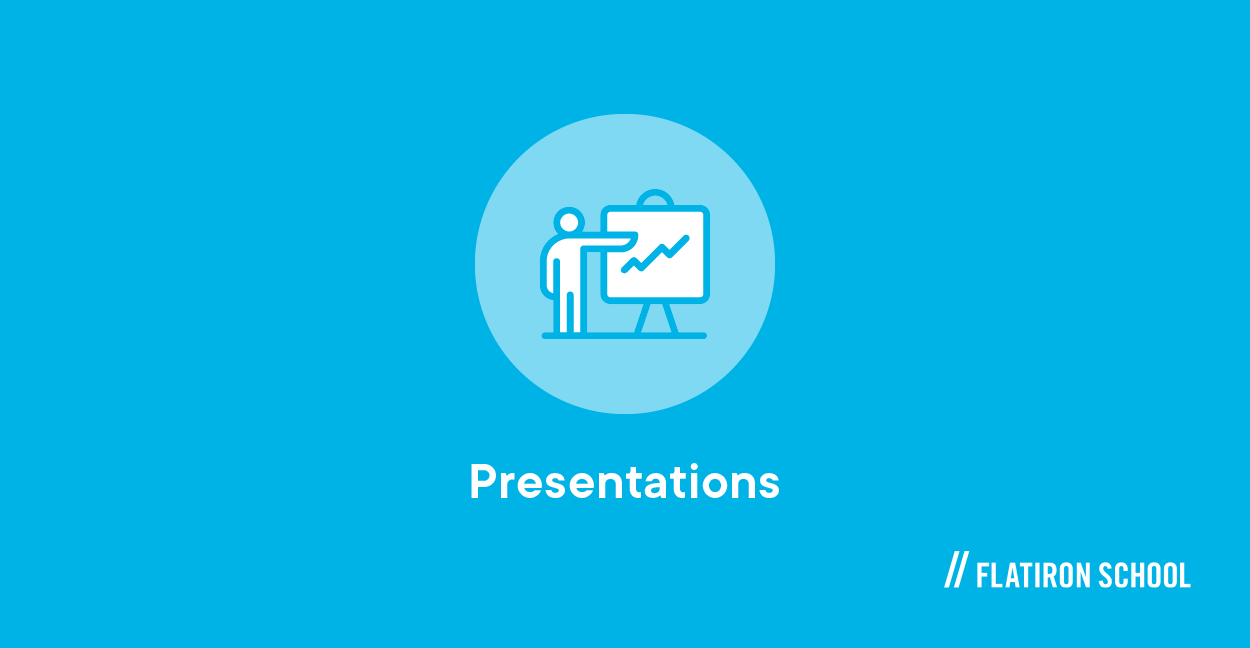
Software engineers can use JavaScript to build stunning presentations that complement your websites and web apps. RevealJS is a powerful open-source JavaScript library that helps you create HTML-based presentations. If you’re proficient with HTML and CSS, you can use markdown to construct the look of your presentations. If you’d prefer not to dive into the code, work with RevealJS using a visual editor like Slides.
Make your RevealJS presentations more dynamic by adding transitions, themes, and other features of RevealJS.
4. Server Applications
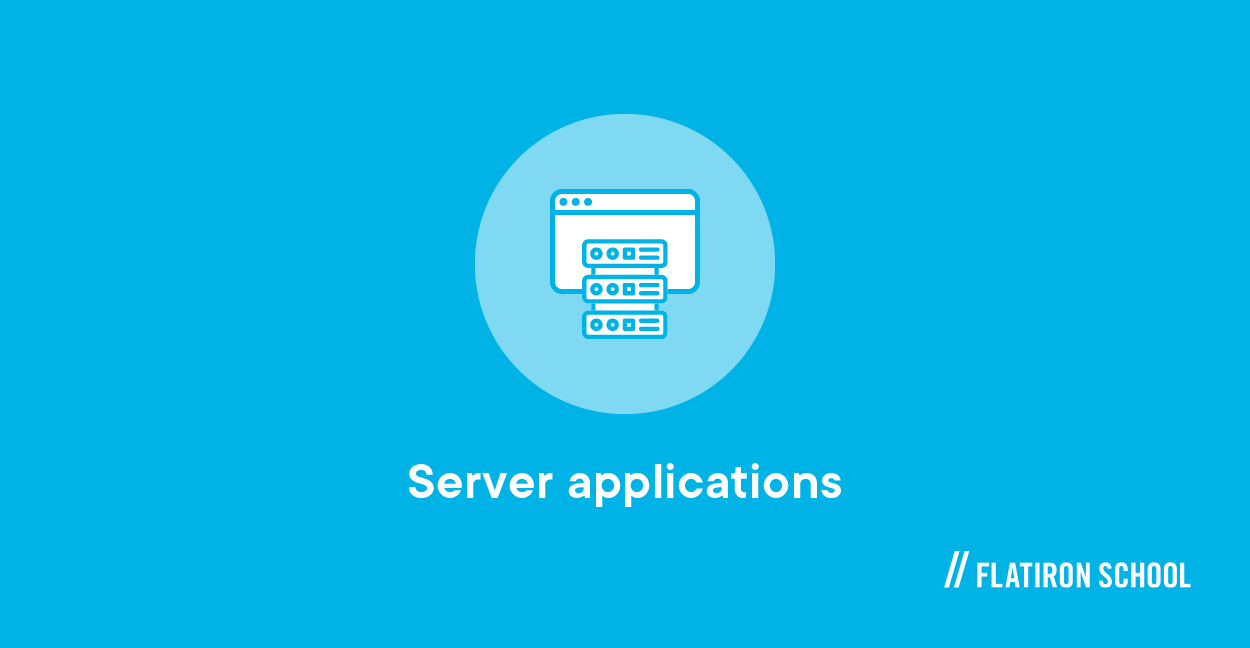
The introduction of NodeJS transformed JavaScript from a basic client-side scripting language into a tool for building powerful server applications. Expanding JavaScript beyond the web browser allows developers to use it to create desktop apps without learning a new programming language.
NodeJS is a vital part of Walmart’s IT infrastructure. Widespread use of NodeJS led other major companies to adopt JavaScript as a development standard for front and backend applications.
5. Web Servers
NodeJS allows you to build web servers right out of the box. Just install it on your development machine, set up your directories, load the modules responsible for creating your server — then configure it to handle incoming and outgoing HTTP requests and responses. Once you master the basics of working with NodeJS, setting up web servers becomes a quick and seamless process.
While it’s not ideal for anything requiring a lot of heavy computation, it can be essential in helping software engineers build swift, scalable network applications. NodeJS also comes with built-in support for node package manager (NPM).
6. Games
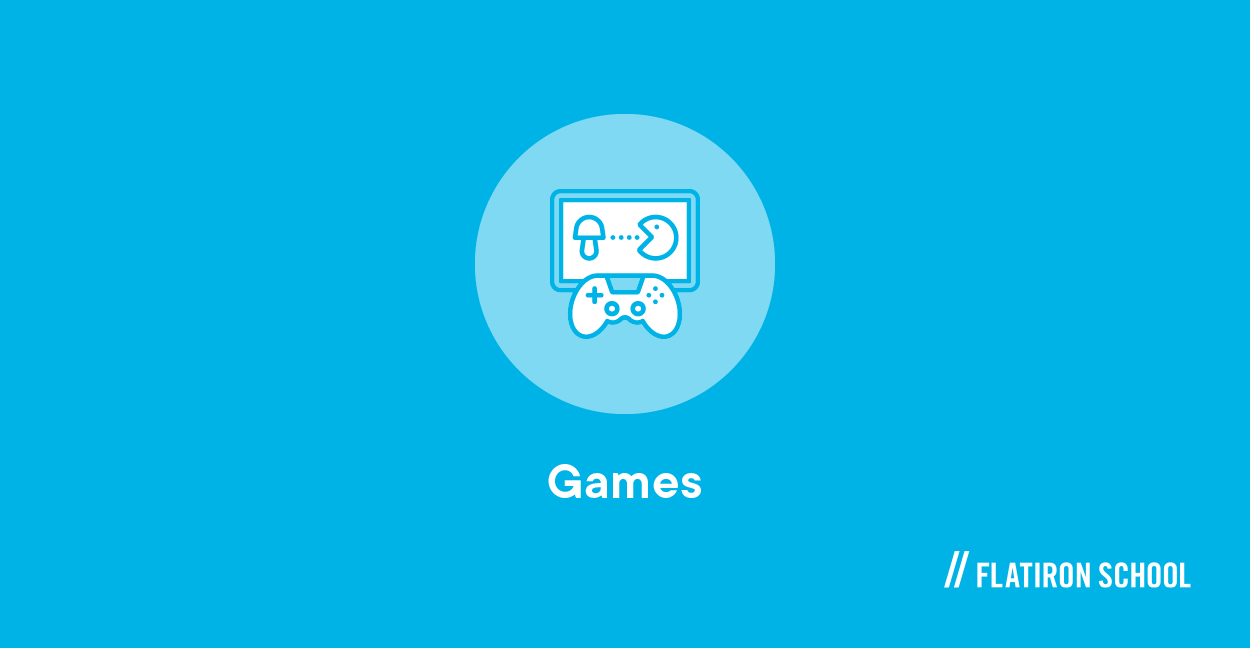
The browser provides developers with ample space to build and run robust, interactive games. Combining HTML with JavaScript lets you create more complex, dynamic games. There’s a wide array of APIs with methods that streamline drawing and animating game elements.
There are open-source JavaScript game engines available that take care of the more mundane parts of game development and let you move on to the exciting stuff:
7. Smartwatch Apps
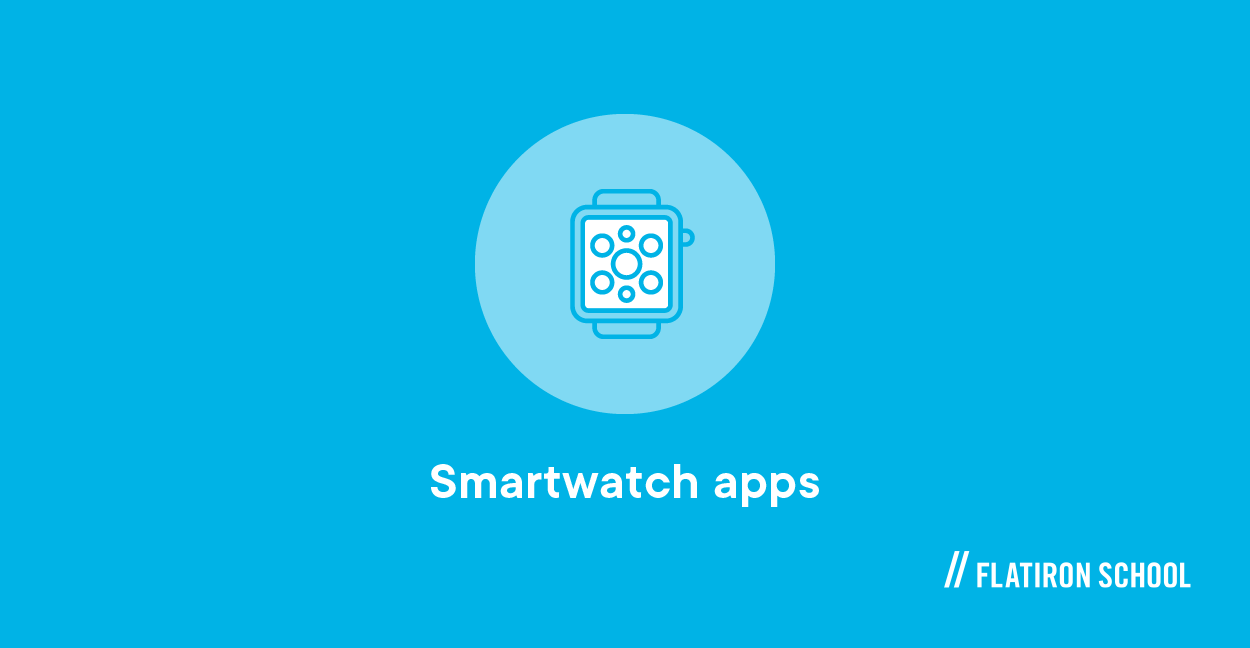
Smartwatches like Pebble come with an assortment of useful apps for users. Now Pebble has developed Pebble.js, a framework designed to help developers develop new applications for Pebble watches. Apple devotees may want to try out Alpha WatchBench, a JavaScript smartwatch library geared toward creating apps for Apple watches.
8. Mobile Apps
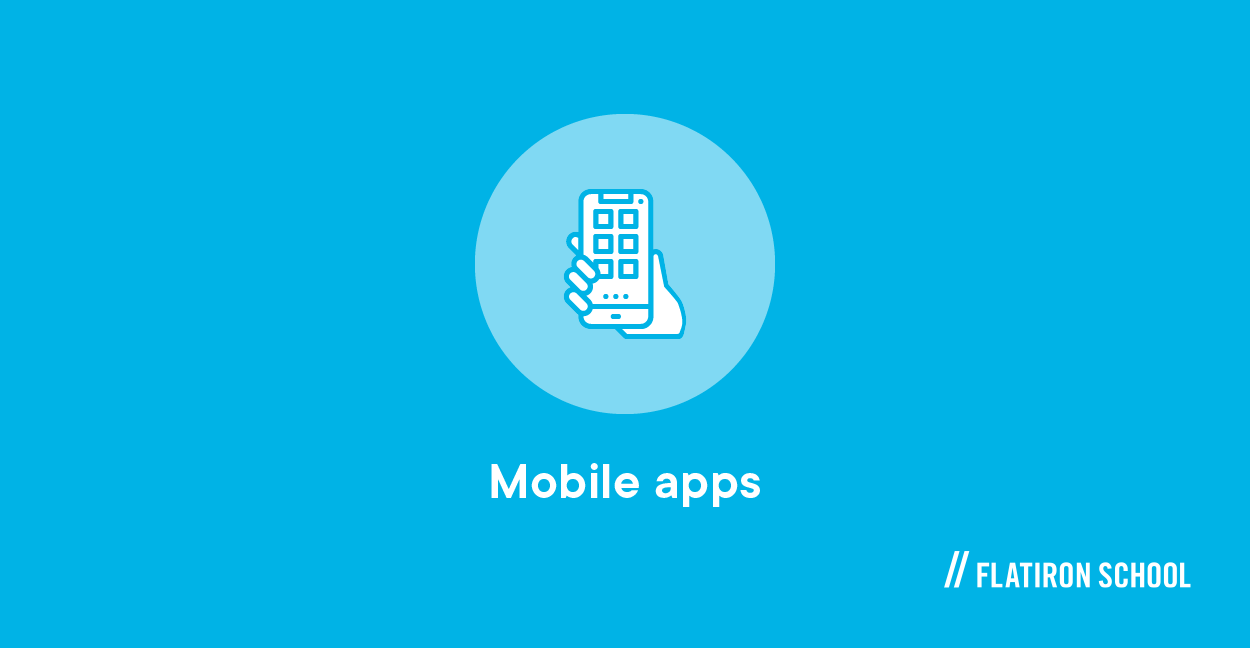
One of the most significant benefits of extending JavaScript through frameworks is gaining the ability to create non-web applications. Most people rely on their mobile devices to access the internet. That makes responsiveness an essential component of any mobile app.
With JavaScript, you can create mobile apps that work on both Android and iOS. That means you no longer have to write your code once instead of creating an Apple and Android version of your mobile app.
React Native has become a favorite of software engineers interested in cross-platform development. You can build mobile apps using JavaScript before deploying them to different app stores.
9. Flying Robots
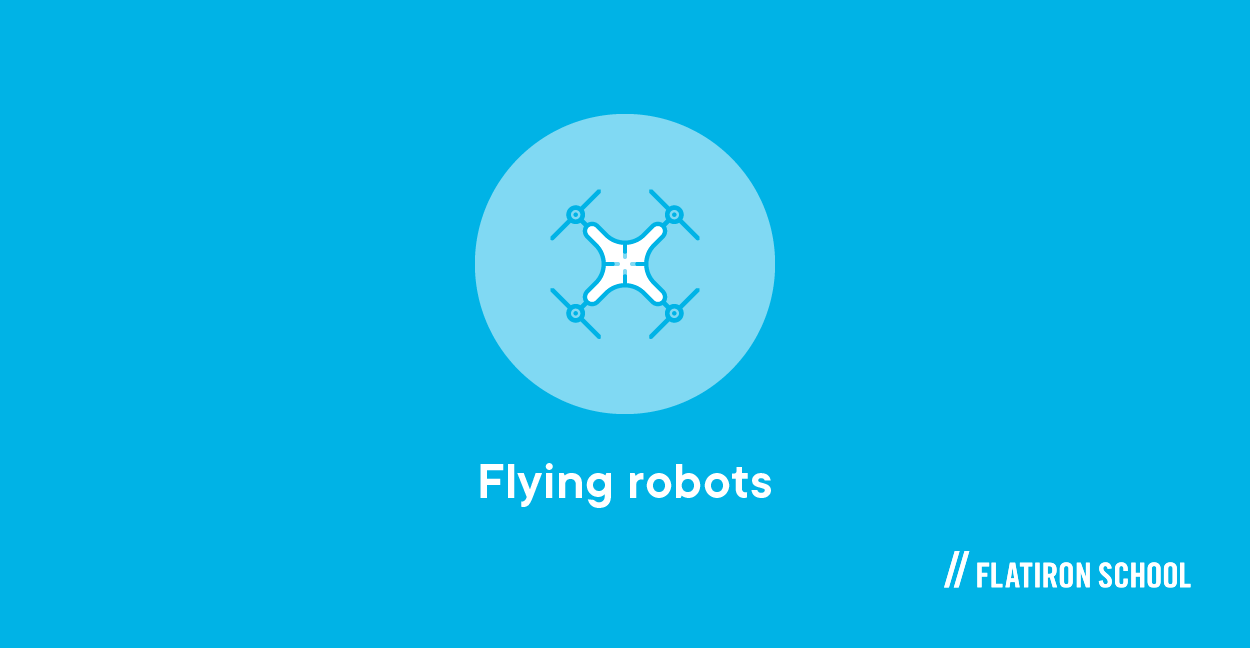
Believe it or not, we’re at a point in society where we’re capable of using JavaScript to create a flying robot. While they may not resemble what you pictured in your wildest sci-fi futuristic dreams, they do represent a big step forward for technology.
You can purchase quadcopters that come equipped with a simple OS. Install NodeJS, and you are suddenly capable of programming the machines to follow your commands. Look for a workshop near you to help you get started and potentially develop a new coding hobby.
Ready to start building cool JavaScript projects?
If you’re interested in learning more about JavaScript, check out this free introduction to JavaScript workshop. You can learn most of the basics and complete the course in about 4 hours.
This free workshop is a foundational first step to beginning to code. After you take that free lesson, you could be ready to start a coding bootcamp and really invest in your coding skills.




